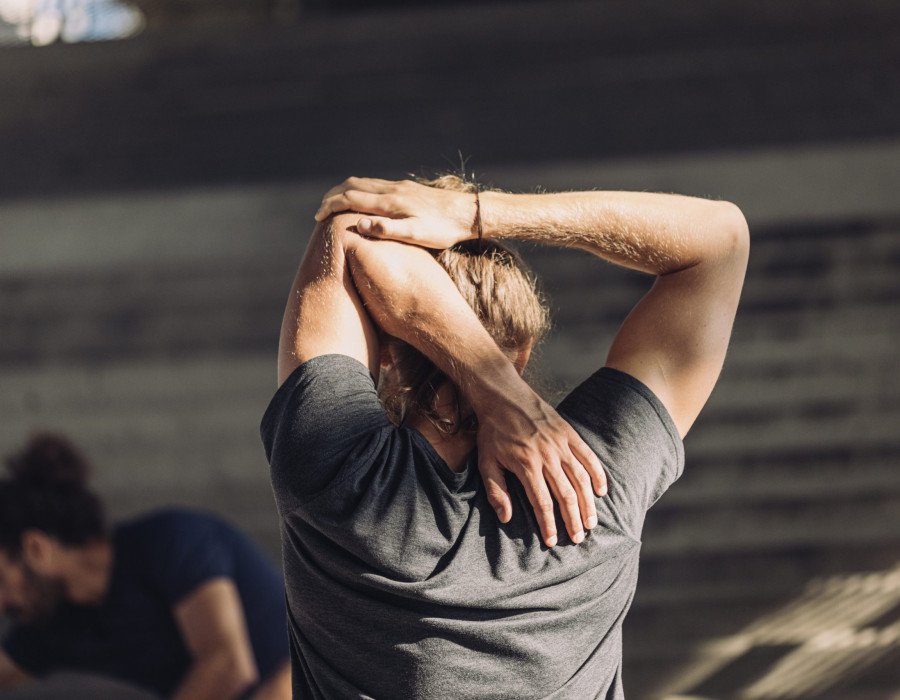Fitness and Performance
What can I do to prevent exercise-related injury?

Last week we discussed how much exercise we should be doing to keep fit and healthy. This week we are going to discuss some strategies to help you prevent exercise-related injury.
These strategies should complement your workouts, keep you training and hopefully improve your outcomes, whether that be running faster, further or lifting more.
A gradual increase to prevent exercise-related injury
It’s important to make sure that the type and intensity of your activity are appropriate for your fitness level. If you have been relatively inactive up until this point, we recommended that you increase the amount of exercise you do gradually. A gradual increase gives your tissues time to adapt to the new exercise.
Following a training plan can often be helpful as it will provide you with a graduated structure for your training. It will enable you to avoid overload, and make sure you’ve got enough time to achieve your goals.
Warming up and cooling down
A warm-up and cool-down go a long way in preventing exercise-related injury…
A typical warm-up is a series of exercises that we can use to prepare our muscles and our body for exercise. It increases the bodies core temperature. This subsequently increases the muscle temperature which loosens the muscles and makes them supple. It increases your heart rate and respiratory rate, allowing rich, oxygenated blood to flow to your muscles.
Cooling down is a means of returning our body back to a relaxed state following a period of exercise. It allows your heart rate and your breathing rate to slowly return to normal resting levels. It also helps the body to remove any waste products that have been produced by your muscles as a result of exercising.
Research has shown that our warm-ups and cool-downs should differ to get the greatest benefit…
A warm-up should be dynamic movements targeting the muscles you are about to work, for example, if you are going to do a lower-body weights circuit, performing exercises to target the legs is crucial.
A cool-down should include stretches or gentle variations of the movements you did during your workout and are performed at a much slower pace.
Staying hydrated to prevent exercise-related injury
Staying hydrated is crucial to recovery. We cannot survive without water; it makes up nearly two-thirds of our body and helps us to remove waste products through our urine as well as lubricating our joints.
The amount of water you need will depend on your age, diet, climate and the amount and type of exercise you are doing. However, the basic guideline suggests we should drink 1.5-2 litres of fluid per day.
You will note, this recommendation is fluid, not specifically water. This is because we can get fluids from other sources such as milk and fruit juice, as well as fruit and vegetables like cucumber and tomatoes. Caffeinated drinks such as tea and coffee are known as ‘diuretics’ which means they can increase the amount of urine you produce which can, in turn, dehydrate you. However, if you consume them in moderation you shouldn’t need to drink extra fluids to compensate.
We hope these strategies will provide a base in helping you to prevent exercise-related injury.
In this week’s injury rehabilitation and prevention video series, we demonstrate a fantastic dynamic warm-up and cool down to supplement your training. We have also put together a full-body foam rolling session to help with recovery and reduce the tension in your tired muscles. You can watch all of these on our YouTube channel here.